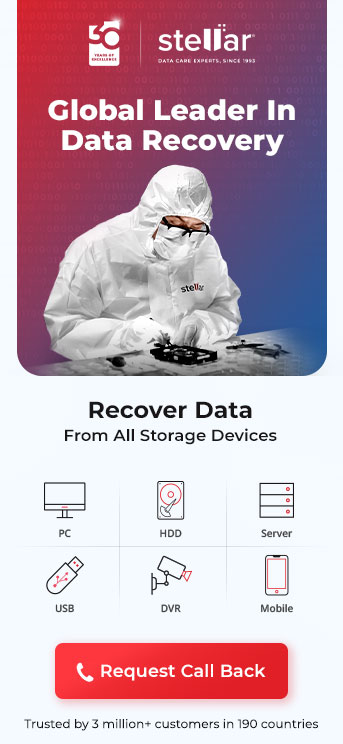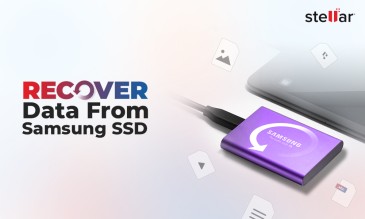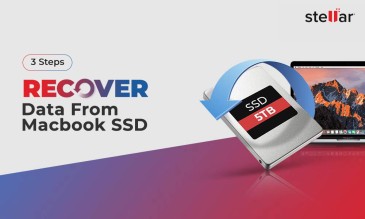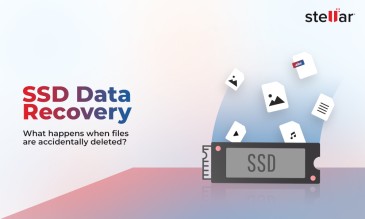SSDs pose greater challenges in data recovery as compared to hard drives. That’s because finding spares can be difficult.
Stellar Data Recovery experts recover data from SSDs, including uncommon models of SSDs. For instance, SSDs from brands whose SSDs are only available in Tier 1 cities.
While these SSDs are of top quality, they pose a challenge. There’s very little understanding of these SSDs, which means that recovering data from them becomes extremely challenging.
Data Recovery From Uncommon SSDs
For instance, consider a rather uncommon Hynix 1 TB SSD.
Physical Spares are Hard to Find
For starters, it’s almost impossible that an amateur data recovery service will have the physical spares for such uncommon SSDs.Importing them is an option, but most data recovery labs don’t have the processes for this, and are likely to comment that data recovery from such SSDs is ‘impossible’. That’s untrue, of course. Because at Stellar Data Recovery,
we recover data from such SSDs every day.
There’s little know-how in the market
Even in the simplest case of logical data recovery, there’s the massive challenge of understanding the controller configuration.
(Inside the SSD, the controller includes all the electronic components that bridge the Flash memory components to the SSD input/output interfaces.)
This knowledge-database article outlines the typical recovery process for most SSDs. Plus, we’ve included additional steps that might be needed, while recovering data from SSDs that aren’t commonly available in India.
Error detection: The SSD was used in an office computer allocated to a senior branch manager. The user was unable to boot their computer.
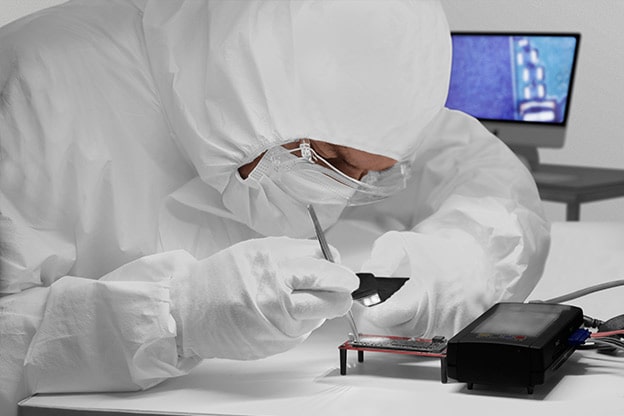
Typical Problems with SSDs
Our SSD data recovery team examines each SSD for physical and logical issues. This helps us determine the extent and nature of damage to the drive.
Diagnostic tests and physical analysis for most SSDs reveal issues such as:
- The drive tracks might have undergone severe physical damage
- The controller may be considerably damaged.
- The power supply may be damaged.
- Manufacturing defects in NAND chips.
- Failure of one NAND flash chip on the SSD can lead to data being inaccessible on that chip. (It can also cause the failure of other NAND flash chips, ultimately causing the failure of the entire SSD.)
- Overheating that is caused by high-speed transistors.
- Accidental deletion of data
- Unintended formatting of the drive
- Bad blocks, which are the SSD equivalent of bad sectors in HDDs.
- Firmware damage caused by bugs.
- The SSD write cycle or Program/Erase (P/E) cycles get exhausted.
Data Recovery from SSDs: How do we do this at Stellar?
In case of data loss from an uncommon SSD, the research, procurement, engineering, and data recovery team worked together on the case.
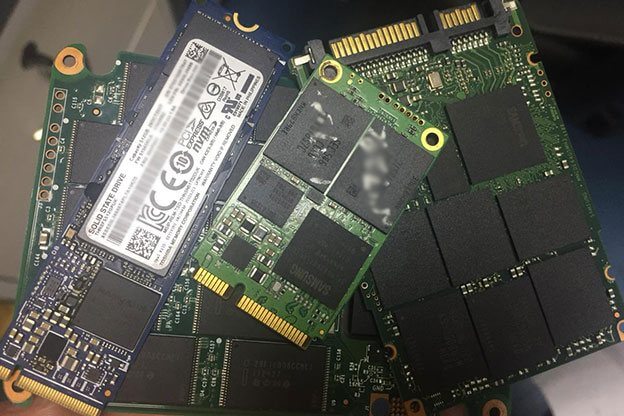
Here's a step-wise breakdown of the recovery process.
1. Search for Replacement Parts
Here, we’ve assumed that SSD data recovery requires the replacement of one or more physically damaged parts.
We first make the SSD functional. For this, our team could – for example – use a replacement controller and power supply for the damaged SSD (assuming the controller and power supply are damaged)
Generally, we can easily find working spares from our library of 15,000+ HDDs and SSDs.
In some cases, when the SSD isn’t bery commonly available in India, we can source the spares domestically or (if needed) internationally.
In a recent case, we were able to source replacement parts for a Hynix 1 TB SSD from the USA. Our procurement team contacted a US-based supplier for legitimate spares and got them delivered to our Gurgaon lab.
2. Read Data
At this stage, we use a proprietary software tool to change the configuration of the controller. Also, we use a virtual algorithm to bypass the hardware encryption.
3. Clone the SSD onto a Spare Hard Drive
The logical part of data recovery is performed on a cloned version of the original drive. So, we clone the damaged SSD onto a spare hard drive.
4. Verify the Integrity of the Data
Finally, after the SSD data is cloned onto a hard drive, we ask the client to verify the data.
The client can then confirm that the data was correct and complete, and accessible for them.
Also Read: Stellar recovers 400GB data from a FileVault encrypted and erased MacBook SSD
Critical Success Factors for SSD Data Recovery
These are:
- Expertise in handling delicate SSD internal components
- A library of spares for most commonly used SSDs
- The ability to procure legitimate spares even in case of obsolete or uncommon SSDs
- The technical know-how of precision-repairing damaged parts such as SSD tracks
- The software library to bypass hardware encryption
- The software library to identify missing elements of controller configuration
What if your SSD Malfunctions?
If your SSDs undergo any kind of physical damage, you accidentally delete files permanently, or you observe a firmware corruption error, in such a case, please contact us at 1800-102-3232 or request us for a free consultation.
About The Author

Online Marketing Expert & Content Writer






